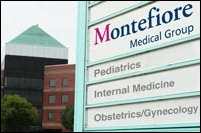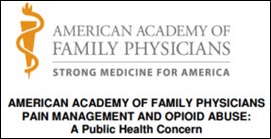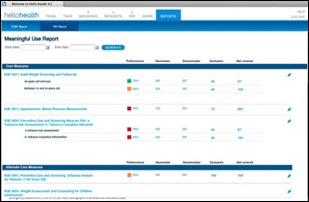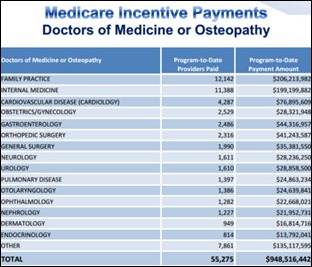Joel Diamond 8/8/12
Accountable Care Organizations
I have this deep dark fantasy I want to tell you about. I’ll admit that it’s unlikely that I will ever obtain it, and even if by chance I could, it’s doubtful that I would really know what to do with it. (Get your mind out of the gutter… it’s not twins.)
I was referring to an Accountable Care Organization.
The truth is that before we become a nation of well-intentioned “Accountable Care Organizations,” we must inevitably concede our current state as Unaccountable, Don’t care, Disorganized (Everyone’s Readmitted).
Hey, wait a minute… I just realized that makes an acronym: UDDER. A rather apt visual of insatiate calves, hungrily sucking on the proverbial government teat.
But I digress.
Speaking of acronyms, if you Google ‘ACO,’ you’ll find a long list of other official definitions. Use your imagination and a few of these seem to actually work as metaphors of our national experiment in payment reform:
- Algorithms, Combinatorics, and Optimization
- Automatic Cut Off
- Ant Colony Optimization
- Animal Control Operation
Apropos of nothing, I include another actual ACO listed here, for no other reason other than I personally found it extremely funny:
- American Cornhole Organization
Sorry.
I guess that’s the point, though. The term ‘Accountable Care Organization’ is ambiguous and offers no insight into what it actually is. Its abbreviation, in fact, might better connote what might Actually Come Operational only in some American Congressman’s Op-Ed piece. (Notice the clever way I incorporated the letters A-C-O twice in that last sentence… I continue to amuse myself.)
Here are some probably more realistic ACO acronyms:
- Actually Can’t Operate
- Aspirin Costs Onehundreddollars
- Accept Colonic Opening
- Ain’t Covering Oldpeople
Seriously, there is no doubt that all of us need to have skin in the game if we are ever to reduce the economic burden that healthcare places on this country. Ongoing efforts to align financial incentives through shared risk clearly makes sense. The need for integrated data, improved analytics, and intelligent point-of-care quality improvement interventions are the great responsibility of the HIT community.
Since I can’t really think of a better term than ACO, then at least let’s make sure that the emphasis is on “care” (i.e. compassion) in organizations that are accountable to their patients first.

Joel Diamond, MD is chief medical officer at dbMotion, adjunct associate professor at the Department of Biomedical Informatics at the University of Pittsburgh, and a practicing physician at UPMC and of the Handelsman Family Practice in Pittsburgh, PA.













The article about Pediatric Associates in CA has a nugget with a potentially outsized impact: the implication that VFC vaccines…